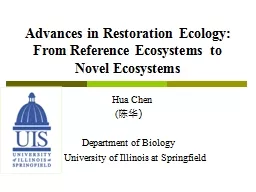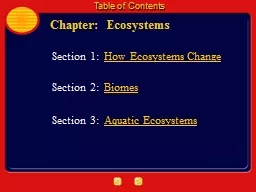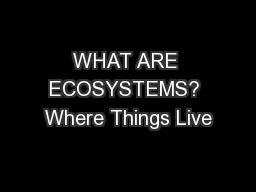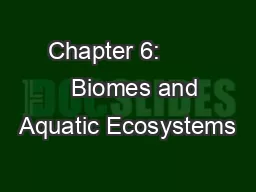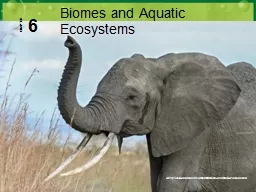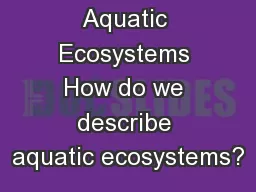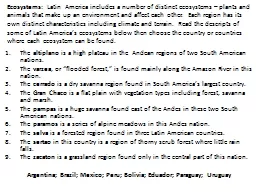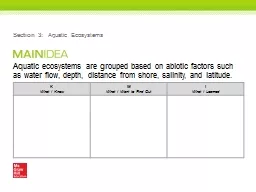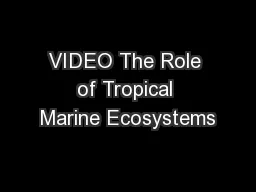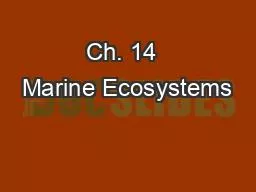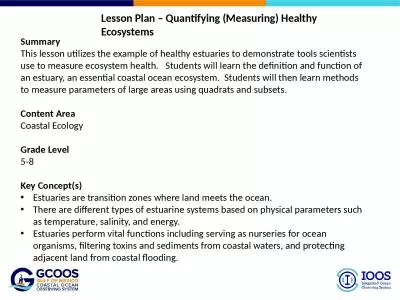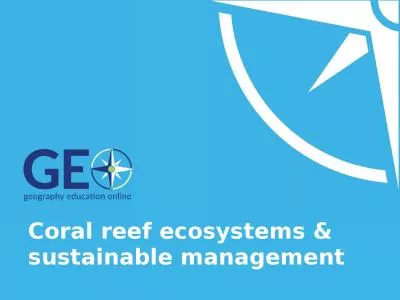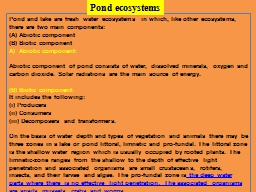PPT-Semester 1: Unit 2: Energy Flow in Ecosystems:
Author : emma | Published Date : 2023-11-19
Photosynthesis and Cellular Respiration Energy is the ability to do work Without ability to obtain amp use energy life would NOT exist One of the most important
Presentation Embed Code
Download Presentation
Download Presentation The PPT/PDF document "Semester 1: Unit 2: Energy Flow in Ecos..." is the property of its rightful owner. Permission is granted to download and print the materials on this website for personal, non-commercial use only, and to display it on your personal computer provided you do not modify the materials and that you retain all copyright notices contained in the materials. By downloading content from our website, you accept the terms of this agreement.
Semester 1: Unit 2: Energy Flow in Ecosystems:: Transcript
Download Rules Of Document
"Semester 1: Unit 2: Energy Flow in Ecosystems:"The content belongs to its owner. You may download and print it for personal use, without modification, and keep all copyright notices. By downloading, you agree to these terms.
Related Documents


